Life
Sign up for our newsletter
We summarize the week's scientific breakthroughs every Thursday.
-
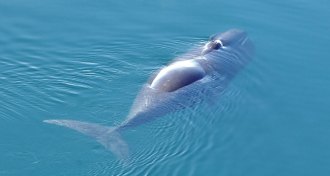 Animals
AnimalsSee (and hear) the stunning diversity of bowhead whales’ songs
Bowhead whales display a huge range in their underwater melodies, but the drivers behind this diversity remain murky.
-
 Genetics
GeneticsNew genetic sleuthing tools helped track down the Golden State Killer suspect
DNA sleuths may have adapted new techniques for identifying John and Jane Does to track down a serial killer suspect.
-
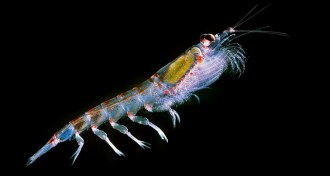 Animals
Animals‘The Curious Life of Krill’ is an ode to an underappreciated crustacean
A new book makes the case that Antarctic krill and the dangers they face deserve your attention.
-
 Archaeology
ArchaeologyFootprints prove humans hunted giant sloths during the Ice Age
Footprints of humans and giant sloths show a dramatic chase sequence from more than 10,000 years ago.
By Dan Garisto -
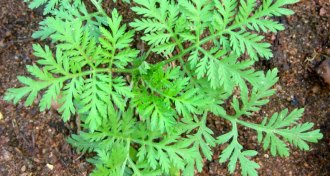 Plants
PlantsGenetically modified plant may boost supply of a powerful malaria drug
Using a DNA study and genetic engineering, researchers tripled the amount of an antimalarial compound naturally produced by sweet wormwood plants.
By Dan Garisto -
 Genetics
GeneticsCicadas on different schedules can hybridize
A new genetic study suggests that cicadas that emerge every 17 years have swapped genetic material with those that emerge every 13 years.
-
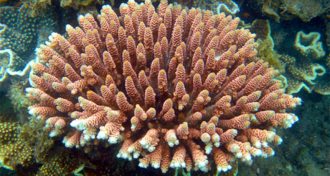 Climate
ClimateHeat waves are roasting reefs, but some corals may be resilient
The latest research on coral reefs clarifies the devastation of heat waves and looks at how coral might be able to adapt to warming waters.
By Dan Garisto -
 Life
LifeLarger spleens may help ‘sea nomads’ stay underwater longer
The Bajau people of Southeast Asia have a gene variant associated with larger spleens, boosting their oxygen while breath-hold diving, researchers say.
-
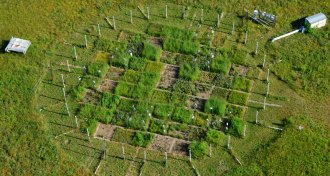 Climate
ClimateRising CO2 levels might not be as good for plants as we thought
A 20-year experiment spots a reversal in the way two kinds of plants take up extra carbon from the atmosphere.
-
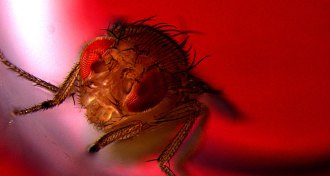 Animals
AnimalsMale fruit flies enjoy ejaculation
Red light exposure made some genetically engineered fruit flies ejaculate, spurring a surge of a brain reward compound — and less desire for booze.
By Susan Milius -
 Microbes
MicrobesThis plastic-gobbling enzyme just got an upgrade
Scientists tweaked a bacterial enzyme and made it more efficient in breaking down plastics found in polyester and plastic bottles.
-
 Oceans
OceansMasses of shrimp and krill may play a huge role in mixing oceans
Hoards of migrating shrimp and krill can cause large-scale turbulence in the ocean, a new study suggests.